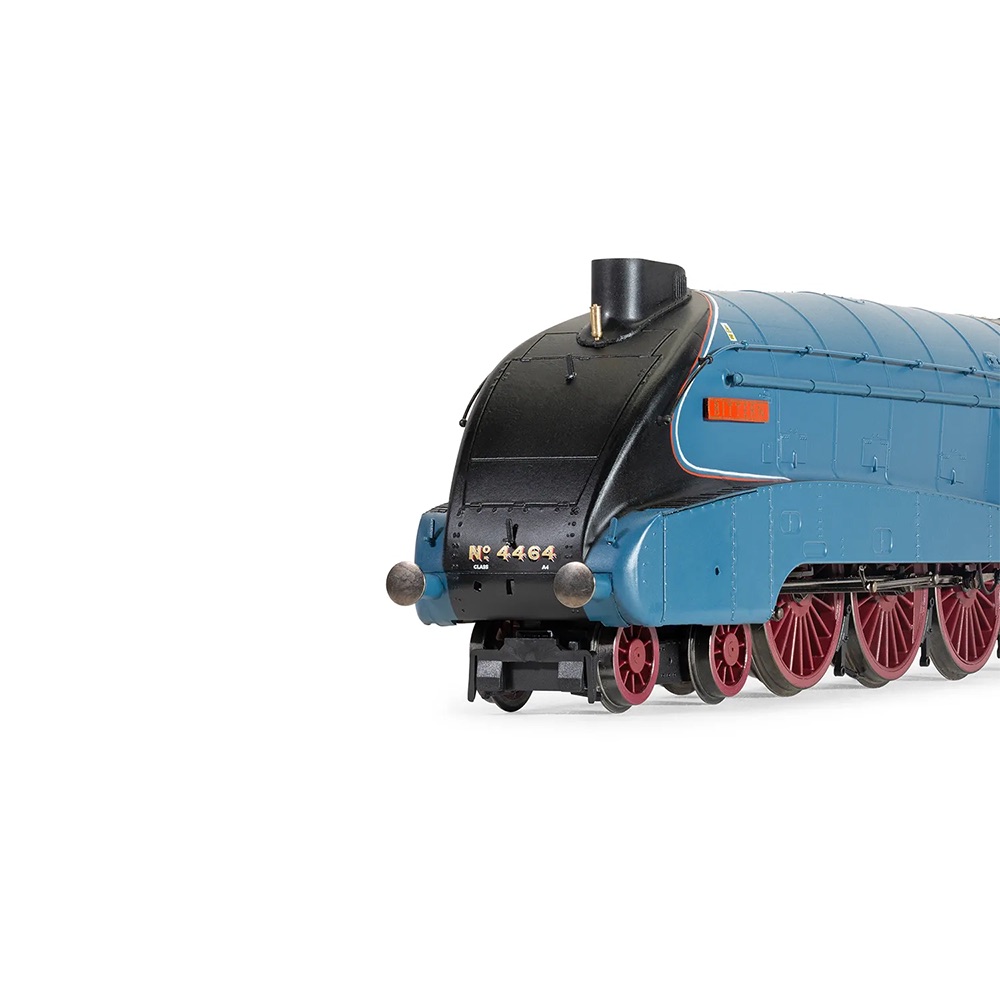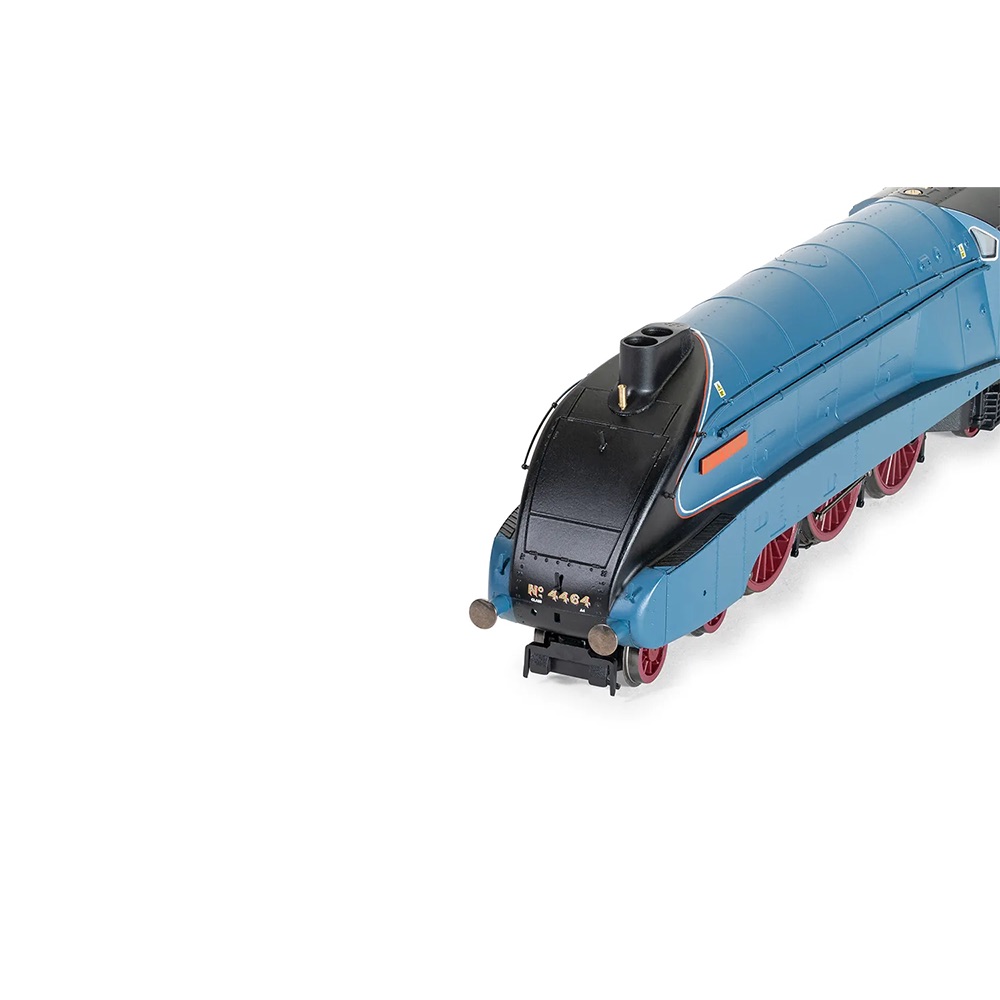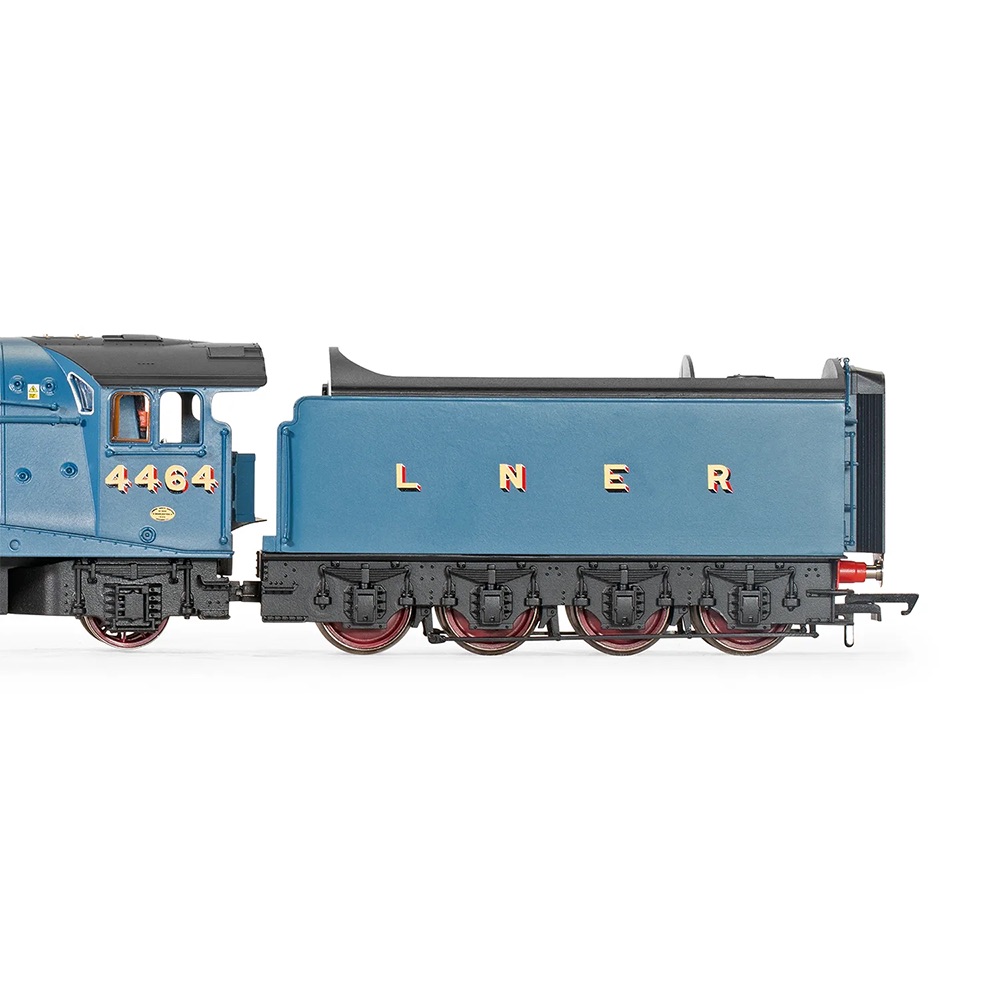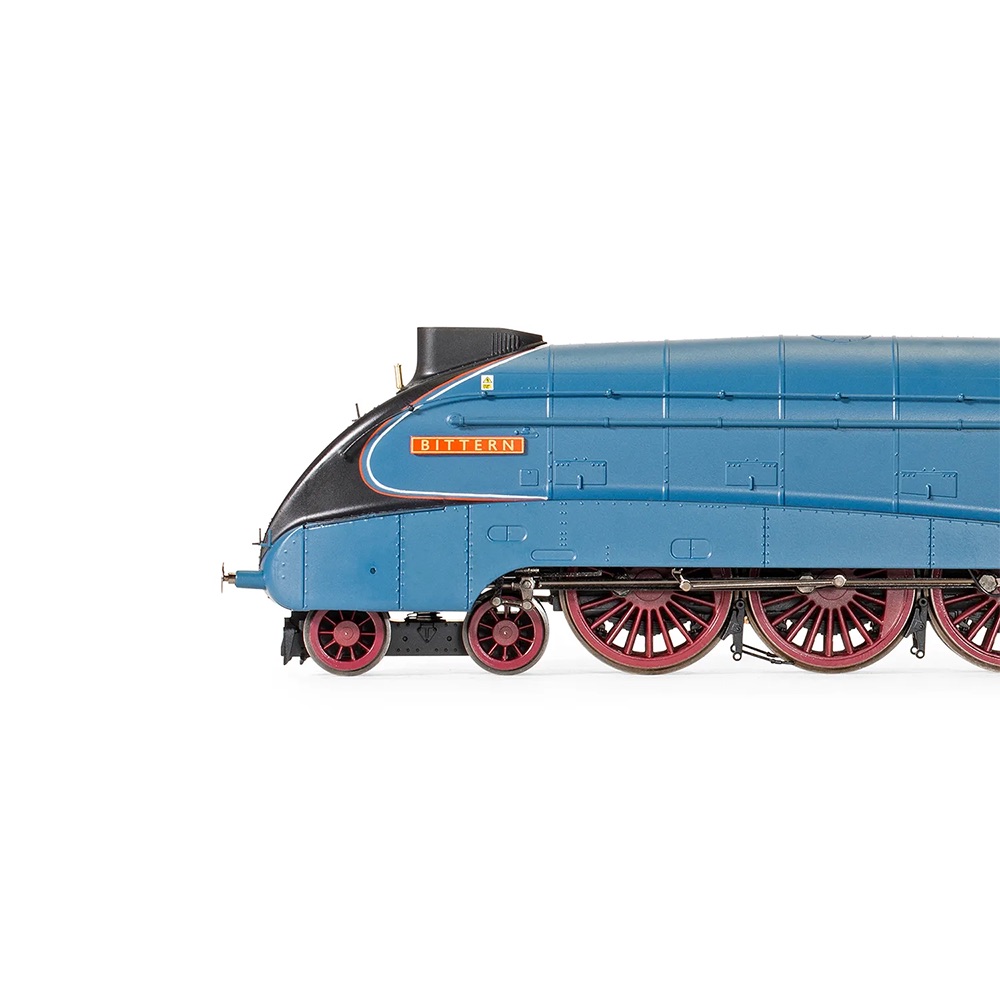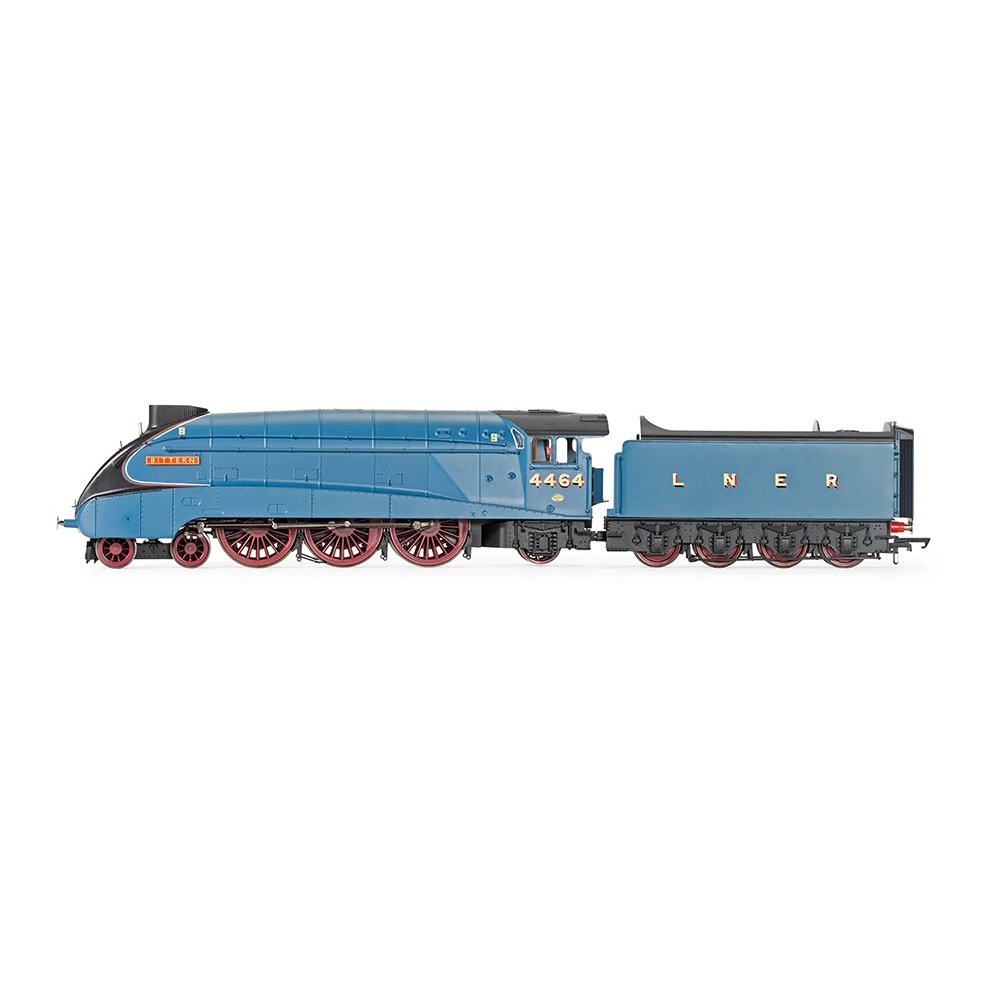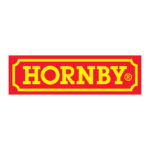You are here:
Hornby R30264 Dublo: LNER, Class A4, 4-6-2, 4464 ‘Bittern’: Great Gathering 10th Anniversary – Era 10
Hornby R30264 Dublo: LNER, Class A4, 4-6-2, 4464 ‘Bittern’: Great Gathering 10th Anniversary – Era 10
1 in stock
Description
Hornby R30264 Dublo: LNER, Class A4, 4-6-2, 4464 ‘Bittern’: Great Gathering 10th Anniversary – Era 10
The LNER Gresley A4 is one of the most iconic express locomotives in Great Britain, with its streamlined casing a classic symbol of the attitude towards speed and design in the 1930s, which saw increased competition to the railways from road and air travel. The LNER Board knew that they had to make travel between the major cities faster, comfortable and more reliable.
Nigel Gresley, the LNER’s Chief Mechanical Officer, travelled on the Fliegende Hamburger diesel locomotive in Germany and was impressed by its streamlining, although he realized it was only efficient at high speeds. Gresley was certain that a modified A3 Pacific, with streamlining, could haul greater loads than other locomotives at the same speed or faster and a series of trials were conducted to confirm the A3’s suitability.
With the trials successfully completed, the LNER Board gave Gresley the go-ahead to create the “Silver Jubilee” streamlined trains, the first of the new streamlined A4s.The streamlining of the A4s’ steam circuit, higher boiler pressure and extension of the firebox to create a combustion chamber made them more efficient than the A3 as they consumed less coal and water- especially later on when they were also fitted with a Kylchap double chimney. This improved their free steaming capabilities further.
Their streamlined design not only made them capable of high speeds, but created an up draught of smoke, obscuring the driver’s vision, a major problem on the new Class A4 engines. The story goes that during wind tunnel testing, after several unsuccessful efforts to get the smoke to lift clear, a thumbprint was inadvertently left on the clay model just behind the chimney. This succeeded in clearing the smoke and was incorporated into the final design.
4464 Bittern was rolled out of the Doncaster shed it was built in on the 18th December 1937 and entered LNER service shortly after. The locomotive would be renumbered to 60019 by BR, after its renumbering to 19 under the 1946 LNER renumbering scheme. Bittern was withdrawn on the 5th September 1966 and was destined for the scrapyard however was chosen for preservation after 60024 Kingfisher, originally selected, was found to have firebox problems.
Bittern officially entered preservation on the 12th September 1966. Bittern is currently at the One:One collection in Margate, awaiting overhaul which will take place once 60532 and 70000 are back on the mainline. In running preservation Bittern has carried the identities of some scrapped classmates such as 2509 Silver Link and 4492 Dominion of New Zealand.
Hornby Dublo A4 models feature a diecast body, just as their original Hornby Dublo counter parts would have been seen. This is coupled with enchanted decoration which when paired with the diecast of the boiler provides a realistic finish to the body. The models contain a 5 pole motor with flywheel and are DCC ready with an 8 pin socket. These models will also contain a detail bag containing etched nameplates and headboards, allowing the model to be displayed as it would have appeared at the Great Gathering.
What’s Inside
Tech Specs
- Item Length – Without Packaging (cm)
- 29.1
- Item Height – Without Packaging (cm)
- 5
- Item Width – Without Packaging (cm)
- 3.5
- Item Weight – Without Packaging
- 0.6
- Item Scale
- 1:76 Scale 00 Gauge
- License
- Yes
- License line
- Produced under licence for SCMG Enterprises Ltd. © SCMGE. Every purchase supports the museum.
- Finish
- Painted
- Colour
- Blue
- Gauge
- OO
- DCC Status
- DCC Ready 21 pin socket
- Operator
- LNER
- Designer
- Sir Nigel Gresley
- Wheel Configuration
- 4-6-2
- Livery
- LNER Garter Blue
- Minimum Curve (mm)
- Radius 2
- Motor
- 5 Pole Skew wound
- Number of Parts
- 1
- Class
- A4 Class
- Buffer Type
- Sprung Metal Buffers
- Coupling Type
- NEM Tension Lock
- Hornby Decoder Compatibility Primary
- HM7000-8TXS: Bluetooth® & DCC Sound Decoder (21-pin)
Additional information
| Weight | 3000 g |
|---|---|
| Brand | Hornby |
| Condition | New |
| Scale | OO/HO Gauge |
| Format | Locomotive |
| Livery | LNER Garter Blue |
| Locomotive Class | A4 Class |
| Status | DCC Ready |
| Prime Power | Steam |
| ERA | ERA 10 (2005-2015) |
| Decoder Type | 8 Pin |
| Finish | Pristine |
| Wheel Config | 04-06-02 |
| Minimum Radius | Radius 2 |
| Operator | LNER |
| Built By | BREL |
Related Products
Related products
-
Sale!
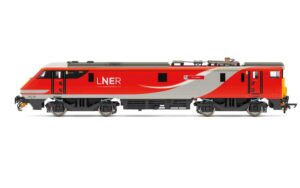
Hornby R3891 LNER Class 91 Bo-Bo 91118 – The Fusiliers – Era 11
£196.50Original price was: £196.50.£159.50Current price is: £159.50.2 in stock
-
Sale!

Hornby R3751 Caledonian Sleeper Class 87 Bo-Bo 87002 Royal Sovereign – Era 10
£179.99Original price was: £179.99.£164.99Current price is: £164.99.Saving (£42.00)1 in stock
-
Sale!
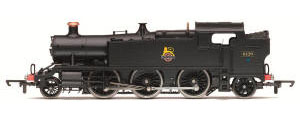
Hornby R3110 BR 2-6-2 Class 61xx 6129 Pre-Owned
£99.99Original price was: £99.99.£69.99Current price is: £69.99.1 in stock
-
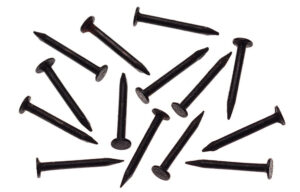
Hornby R207 Track Pins
£3.967 in stock
-

Hornby HC8010 Farmhouse – Ready Built Model
£45.991 in stock



